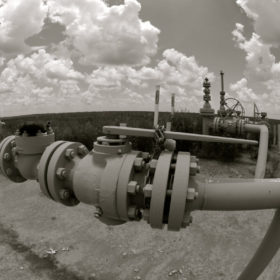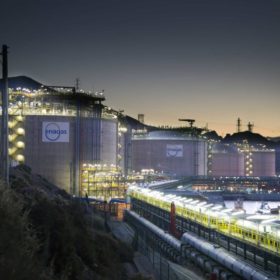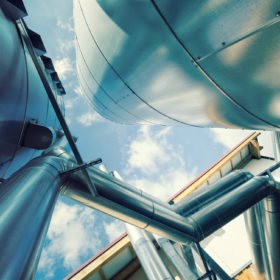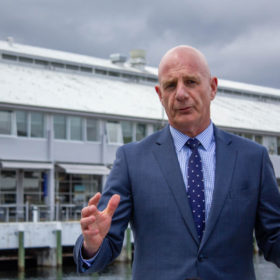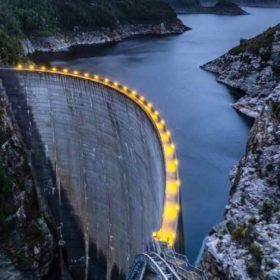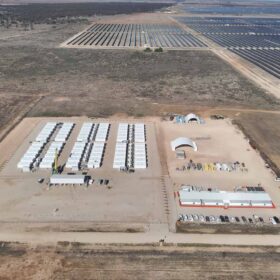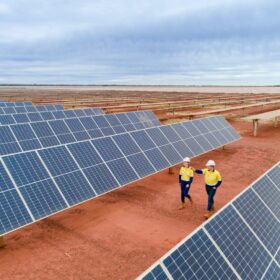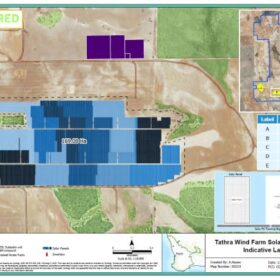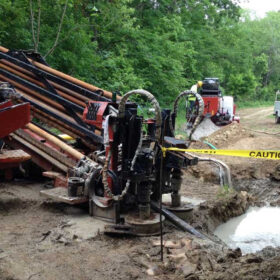Griffith researchers enhance clean hydrogen elecrolysis efficiency
Griffith University researchers have unlocked a catalytic process that can enhance the breakdown of water, into hydrogen and oxygen, for clean hydrogen production and bring Australia a step closer to creating clean efficient hydrogen fuel.
Policy, policy, policy: BNEF beats a path to hydrogen uptake
A hot energy topic with little coordinated analysis, green hydrogen has attracted the nous and number crunching of BloombergNEF. And what numbers! The investment! The required renewable capacity! The potential for emissions reduction!
Australia, Singapore to drive cooperation on low-emissions technologies
The prime ministers of Australia and Singapore have agreed to work together on practical projects and initiatives in developing hydrogen markets and renewable electricity trade.
QUT to drive green hydrogen export through LNG-focused research center
Queensland University of Technology (QUT) researchers say they will play a key part in developing the green hydrogen export industry by driving production, storage and transport projects under the auspices of the newly established Future Energy Exports (FEnEx) Cooperative Research Centre.
Is green hydrogen necessary to balance a renewables grid?
A report by Norwegian energy consultant DNV GL has considered the opportunity for long-term energy storage to play a role in balancing annual supply and demand fluctuations in a renewables-led grid. Using 58 years of Dutch weather and energy consumption data, the study found long-term solutions such as green hydrogen could make a valuable contribution – but perhaps not as much as some analysts believe.
Stanwell’s utility-scale green hydrogen plans get financial shot in the arm
A feasibility study will explore a new option for producing and using renewable hydrogen with the help of funding provided by the Australian Renewable Energy Agency (ARENA). If the study supports the business case, the project run by Stanwell Corporation will deliver the largest hydrogen electrolysis plant in Australia.
Climate policy done right: Tasmania sets 200% RE target by 2040
Tasmania has committed to being 100% renewable by 2022 and remains well on track to meet this target ahead of schedule. But the island state says it is well placed to set a more ambitious goal, which would see it double its renewable production and help mainland Australia reduce its emissions.
Tasmania to invest $50 million toward green hydrogen vision
The Tasmanian Government has announced a $50 million investment package toward its green hydrogen ambitions over the next 10 years.
Gladstone to run on gas-green hydrogen blend as gigawatt-scale plans take shape
The traditional coal and gas hub of Gladston is turning into a green hydrogen mecca with two new ambitious projects in the pipeline. The city has been selected to host a gigawatt-scale green hydrogen and ammonia development and a gas injection facility to blend renewable hydrogen into its natural gas network.
Green hydrogen costs projected to decrease by up to 60% by 2030
A new report from Hydrogen Council predicts that the cost of renewable hydrogen production will fall drastically by up to 60% over the coming decade due to the declining costs of renewable electricity generation and the scaling up of electrolyzer manufacturing. Thanks to its optimal renewable resources, Australia will be among the countries most favorably placed to contribute to the development of the hydrogen economy.

